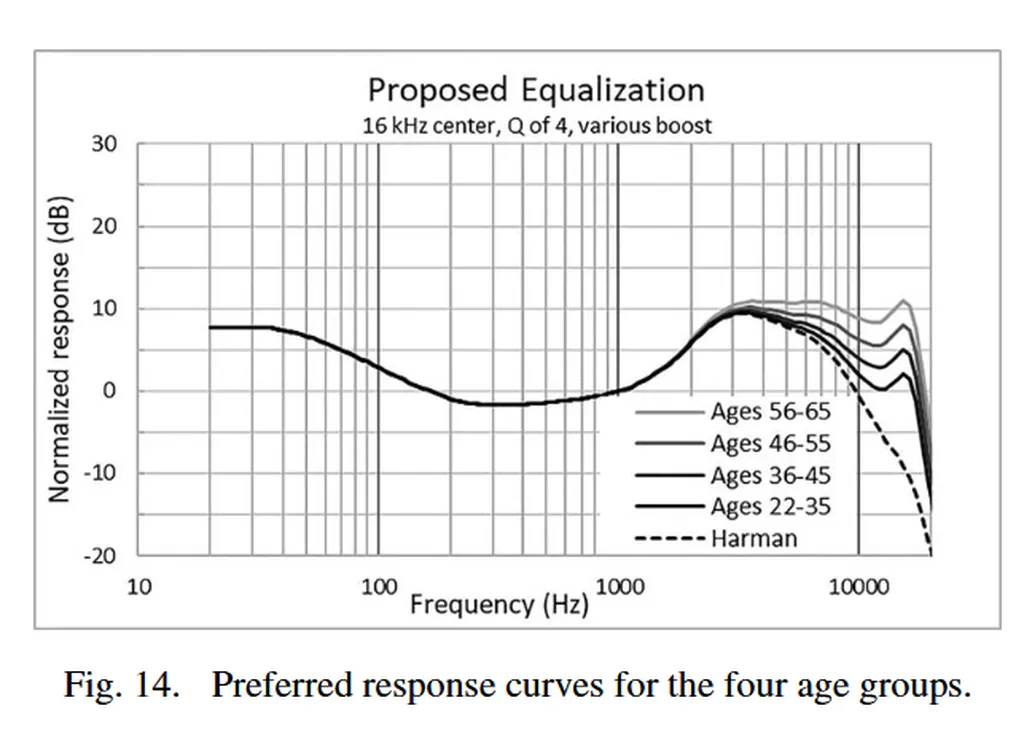In the rapidly evolving landscape of AI-driven technologies, a groundbreaking development has emerged from the realm of generative models, offering a glimpse into a future where high-quality image generation is not just the domain of powerful, specialized hardware but accessible to a broader range of consumer devices. This innovation, presented in the recent arXiv paper titled “SD3.5-Flash: Distribution-Guided Distillation of Generative Flows,” is poised to revolutionize the way we interact with and deploy generative AI, with potential implications that extend far beyond the visual realm into the world of music technology.
Led by Hmrishav Bandyopadhyay, whose affiliation details are not widely available, this research introduces a novel framework designed to distill computationally intensive rectified flow models into efficient, few-step processes. The crux of the innovation lies in a reformulated distribution matching objective, specifically tailored for few-step generation, which significantly reduces the computational overhead without compromising the quality of the generated outputs.
One of the key advancements presented in this work is the introduction of “timestep sharing,” a technique that mitigates gradient noise, a common challenge in generative models. By sharing timesteps across the generation process, the model can achieve more stable and consistent results, even when operating with a reduced number of steps. This is complemented by “split-timestep fine-tuning,” a method that enhances prompt alignment, ensuring that the generated outputs are more closely aligned with the user’s intentions.
The researchers have also implemented comprehensive pipeline optimizations, including text encoder restructuring and specialized quantization, which further enhance the efficiency and versatility of the system. These optimizations enable rapid generation and memory-efficient deployment across a wide range of hardware configurations, from mobile phones to desktop computers. This democratization of access is a significant step towards making advanced generative AI truly accessible for practical deployment.
The implications of this research extend beyond the immediate scope of image generation. In the realm of music technology, similar principles could be applied to develop more efficient and accessible generative models for music creation. Imagine a scenario where musicians and producers, regardless of their access to high-end hardware, can leverage AI to generate high-quality musical compositions, melodies, or even entire soundtracks with just a few steps. This could revolutionize the music production process, making it more accessible and efficient for both professionals and amateurs alike.
Moreover, the advancements in distribution matching and prompt alignment could lead to the development of more intuitive and responsive creative tools. For instance, AI-powered music software could better understand and respond to user inputs, generating music that is not just technically proficient but also emotionally resonant. This could open up new avenues for creative expression, enabling musicians to explore novel sounds and styles that were previously beyond their reach.
In the broader context of the music industry, the democratization of AI-driven music generation could lead to a proliferation of new talent and a diversification of musical styles. It could also facilitate collaboration between artists and AI, leading to the creation of unique and innovative musical works. However, it also raises important questions about the role of AI in the creative process and the potential impact on traditional music production roles.
In conclusion, the research presented in “SD3.5-Flash: Distribution-Guided Distillation of Generative Flows” offers a promising glimpse into the future of generative AI. While the immediate applications are in the realm of image generation, the underlying principles and techniques could have far-reaching implications for music technology and the broader creative industries. As we continue to explore and develop these technologies, it is crucial to consider their potential impact on the creative process and the individuals who engage with them. The work of Hmrishav Bandyopadhyay and their colleagues serves as a reminder of the transformative power of AI and the exciting possibilities that lie ahead.




